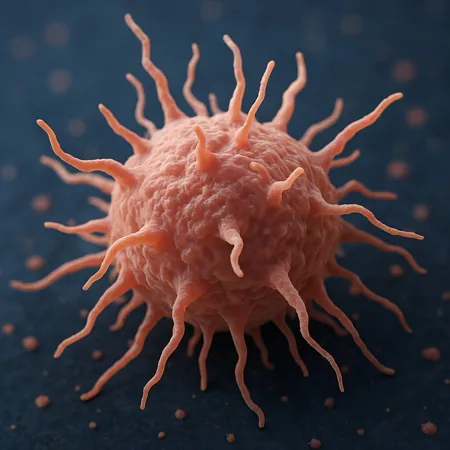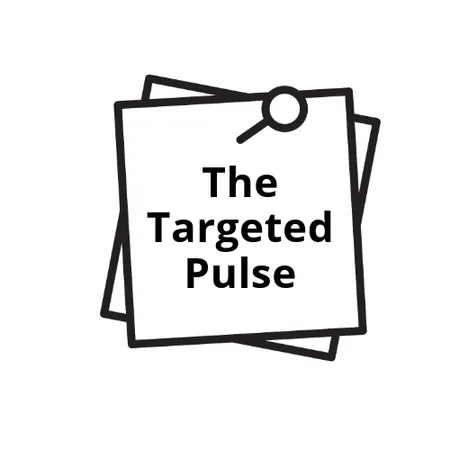
Unlocking the Secrets of Immune Cells: How Macrophages Spring into Action
2025-08-08
Author: Yu
The Battle Against Pathogens Begins!
In the ever-evolving war against pathogens, timing and precision are paramount. Researchers at CeMM and MedUni Vienna, spearheaded by Christoph Bock and Matthias Farlik, have made groundbreaking discoveries on how macrophages—our body’s frontline defenders—navigate this complex battlefield.
A Revolutionary Study Sheds Light on Immune Response
Their research, recently published in Cell Systems, unveils a time-resolved analysis of the molecular maneuvers that occur when macrophages confront various pathogens. Utilizing a cutting-edge method that combines gene editing and advanced machine learning, the team pinpointed crucial regulators that influence macrophage behavior.
Meet the Macrophages: The Body's Big Eaters!
Often called 'big eaters' (from Greek), macrophages play a pivotal role in identifying, engulfing, and dismantling invading foes such as bacteria and viruses. But their role doesn’t stop there; they act as vital communicators, releasing signals to rally other immune cells, initiate inflammation, and present information about pathogens to fine-tune long-lasting immunity.
A High-Stakes Game of Immune Response
When faced with a pathogen, macrophages operate under immense pressure. A delayed or weak response could lead to deadly infections, while an overactive immune attack can cause harm. Within moments of encountering invaders, these cells must initiate a meticulously crafted immune response—triggering cascades of biochemical events, activating thousands of genes, and producing a variety of targeted substances all specific to the threat at hand.
Mapping the Intricate Network of Immune Defense
To decipher how macrophages manage their multifaceted duties, the research team exposed mouse macrophages to various immune triggers simulating bacterial and viral challenges. By meticulously measuring gene activity and DNA accessibility over time, they developed a detailed molecular timeline revealing the step-by-step progression of the immune response.
Discovering Key Regulatory Proteins
The researchers then employed CRISPR genome editing techniques to create hundreds of gene knockouts, allowing them to identify the regulatory proteins that direct immune responses. What they found was a complex network of dozens of regulators, including well-known players like the JAK-STAT signaling pathway, alongside lesser-understood splicing factors and chromatin regulators.
A Chilling Complexity Uncovered!
As Christoph Bock aptly puts it, "It is impressive how much complexity there is in this ancient part of our immune system, which we share with sponges, jellyfish, and corals." Thanks to advancements in CRISPR technology, the potential to systematically study these regulatory programs has never been greater—opening doors to new insights in immune response dynamics.



 Brasil (PT)
Brasil (PT)
 Canada (EN)
Canada (EN)
 Chile (ES)
Chile (ES)
 Česko (CS)
Česko (CS)
 대한민국 (KO)
대한민국 (KO)
 España (ES)
España (ES)
 France (FR)
France (FR)
 Hong Kong (EN)
Hong Kong (EN)
 Italia (IT)
Italia (IT)
 日本 (JA)
日本 (JA)
 Magyarország (HU)
Magyarország (HU)
 Norge (NO)
Norge (NO)
 Polska (PL)
Polska (PL)
 Schweiz (DE)
Schweiz (DE)
 Singapore (EN)
Singapore (EN)
 Sverige (SV)
Sverige (SV)
 Suomi (FI)
Suomi (FI)
 Türkiye (TR)
Türkiye (TR)
 الإمارات العربية المتحدة (AR)
الإمارات العربية المتحدة (AR)